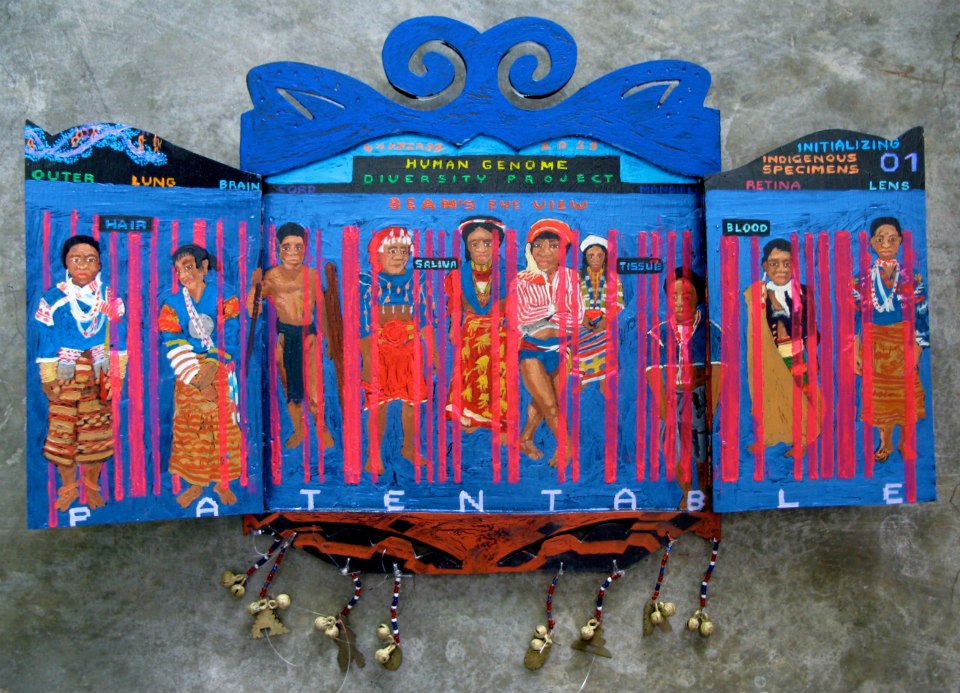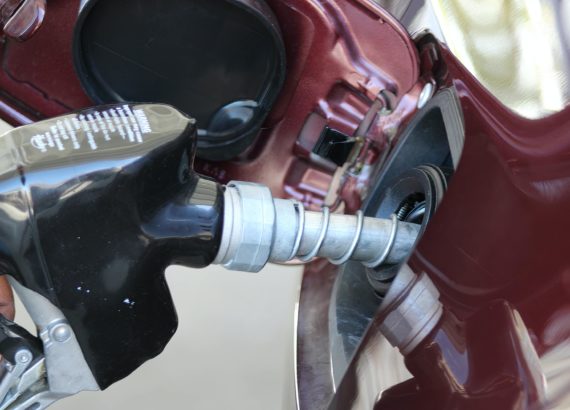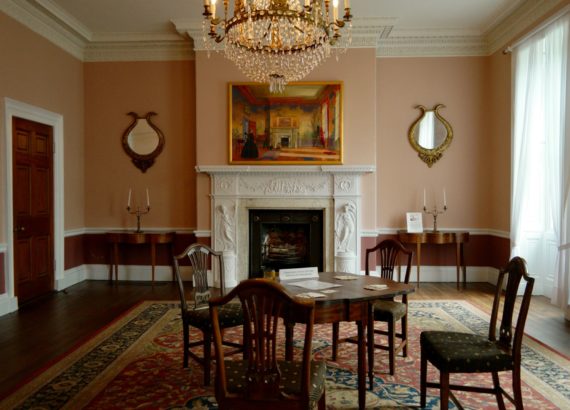Appreciating Art Through Art Exhibitions
For most people who are not really into arts, an art exhibit will probably be the farthest idea for an afternoon leisure activity. Art is often seen as an impractical endeavor, done merely to be looked at and beautify an empty space. For artists however, their work is often the visual representation of what they believe can move people through aesthetics.
Forms of Art
Visual art encompasses a whole range of activities aside from painting which is probably the most popular form. The other forms include sculpture, photography, and mixed media, among others. Artists are no longer limited by choice of materials nor expectations in finished products. The common factor among artists and their works is the intent to explore humanity mainly through connection to emotions.
Art has been historically associated with the rich and upper-class people of society. Since an art piece is not considered an essential element in everyday living, owning one is associated with luxury thus the obvious connection to wealth. Even with the purposeful effort to “bring down” art to the masses, it continues to be an important marker of affluence and social status.
Importance of Art
In the subject of beauty, art always comes first to mind. It often derives inspiration from natural beauty and inspires as well for the creation of other works of beauty. Art encourages people to use their imagination either to imitate life or recreate an alternative. It serves as an outlet for personal interpretations of various truths happening all over.
Works of art can serve to trigger discussions especially if such were intended to make a political statement. It can also serve as a reminder of a past period in time. Primarily however, art encourages appreciation for the finer side of life, something all humans need at some point in time.
Art Venues
The public gains access to works of artists through art exhibitions or exhibits. Typical art exhibition venues include museums, art clubs, and private galleries. Several locations not typically used for the purpose are now being utilized in an effort to bring art closer to the public. This is not always possible for every exhibit since some are naturally more sensitive to environmental factors.
Art exhibitions are usually temporary in nature except when designated as permanent ones by a specific venue. This gives artists an opportunity to mount their own solo art shows even without their own showcase venues. The first solo art exhibition was mounted in 1785 by Joseph Wright of Derby, Britain.
Art Exhibitions
Art exhibitions can either be commercial or non-commercial in nature. Non-commercial exhibitions contain works of art that are solely intended for the appreciation of the public and are not for sale. Commercial exhibitions specifically display works of art that can be purchased by interested clients.
Commercial galleries usually mount shows for artists in groups. Solo art shows follow once the artists gain respectable following. A solo show is backed up by extensive publicity. Once recognition is provided by critics and collectors, there is a great possibility that the artist’s works will end up in museum collections to be displayed on a permanent basis.
My Say
True appreciation for art does not happen overnight. It comes with pursuing cultural education without need for formal study. Art galleries can be appropriate classrooms for learning since they contain the very subject of study.
A person’s lifestyle should allow for trips to art venues regardless of location and art form. There is no art taste better than another, only personal art preferences. Openness is the key to more learning and better art appreciation.

One of the works featured in Orasang Pilipino Exhibit by William A. Gaudinez (Source: BenCab Museum Facebook Page)














Patrick
I have tried painting once and it went out great! It was a person! I didn`t think that I would be able to do it. I am better at writing and inventing different fonts than drawing from my imagination but I am great at painting and drawing if I am going to coy something…
Teresa Martinez
Then I believe you have some artistic talent which you can build on if desired.
Aileen
The lovely thing about art is that it’s very open to interpretation; some wouldn’t like a certain style, some would rather like it.And for me there’s never a right or wrong art. 🙂 I am a fan of the arts, and I don’t have a lot of friends who like going to museums or exhibits like I do but anyhow, going to museums alone works better for me actually. Haha anyway, nice post!
Teresa Martinez
There are no rules in art especially in its appreciation.
wrey
I like art too, who doesn’t anyway? 🙂
I like the colorful paintings and unique geometric structures. 🙂
Teresa Martinez
I like art as well but I want them easy on the senses.
Franc Ramon
We use to hold arts exhibit as part of the arts guild. It’s really nice to appreciate the different work of arts even if I’m not much of an artists.
Teresa Martinez
Art appreciation is not solely for artists. We can appreciate it within our personal levels and that is good enough.
Hamletxx
Interesting post about Art. I like Art Exhibitions. 🙂
Teresa Martinez
Thanks for visiting.
Ness
I love going to art exhibits. Though I may not be able to understand the meaning of some of them, I just find it really relaxing to just look at those art exhibits.
Teresa Martinez
Sometimes, we don’t need to understand art to appreciate it.
Gigi Beleno
Agree! art exhibition is a good avenue for artists to be known.
Teresa Martinez
Art exhibitions certainly can showcase unknown and budding talents.
Jason Cruz (@jsncruz)
I’m a regular at the Yuchengco Museum; almost once weekly, they host free-entrance art exhibitions which anyone can attend. I highly recommend it for true art appreciators.
Teresa Martinez
Really? This is the perfect chance for those into art but have been prevented by cost concerns. Thanks for the tip.
haringlakbay
I haven’t been to Yuchengco Museum. Thanks for recommending it. We’ll try to visit it one of these days.
esetpip
When I was still a kid, I’d been on arts, my past time is drawing and I drew anime and trying to copy the picture that was in front of me. Most of my art works got 100 percent from my teacher…hehehe.
Teresa Martinez
I’m sure you did get high grades for your drawings. This is one way of good mentors to encourage budding talents.
Mel Cole (@melcoleofpausa)
I love going to art exhibitions and be inspired by the works of facinating artist. good for you that you found one in your area.
Teresa Martinez
Actually, this is my cousin’s exhibit and being invited to this kind of events provide me a glimpse of the art world.
Bam
This is really informative. Im not not into Art but I do know how to appreciate talent and work of art.
Teresa Martinez
Most of us probably know good piece of art when we see it, the technical side of it may be an entirely different matter. So for most of us who are not IN to art, enjoying them at face value can already provide pleasure.
marrimye
Only few people has an eye for arts but promoting through exhibits can make a difference.
Teresa Martinez
Going to art exhibits is entirely a different experience.
amayachika
Art Exhibition is a form of communication to your viewers privately or publicly. A visual communication to inform your audience what you FEEL and give you insights what is going on around us.
Teresa Martinez
An art work communicates the message of the artist. Sometimes, the message is not readily clear and a person looking at an art piece will have to do some thinking to get to it.
Tess Chancellor
I love going to Arts Show. It amazes me how the artist do such beautiful and inspiring arts. My hubby loves to buy paintings.
Teresa Martinez
You are fortunate that you and your husband find time to go to art shows.
leadershipforfilipinos
I love art and thanks for the giving the fundamentals on art appreciation.
Teresa Martinez
I’m glad you appreciate the post and many thanks for visiting.
Yaniconquistadora (@YaniMetrado)
I want to appreciate art better so whenever my beau and I have free time we visit museums in Intramuros and be open to the possibility of learning from them little by little.
Teresa Martinez
That is certainly a romantic way of learning about art!
Daquio Janine
art is one way of exploring your creative mind and also expresses what you are feeling. when i was a kid, art exhibits are one of the itinerary during field trips..
Teresa Martinez
I still remember those times when art museums or other museums for that matter form part of the field trip itinerary.
Robi
I always love art and I do appreciate people who give more time to arts. May the Philippine culture be more preserved and exposed to young generations.
Teresa Martinez
It takes determination and perseverance to keep on “pushing” art in to the senses of people since the pleasure derived from its appreciation is usually of the quiet type, something which most people do not exactly look forward to.